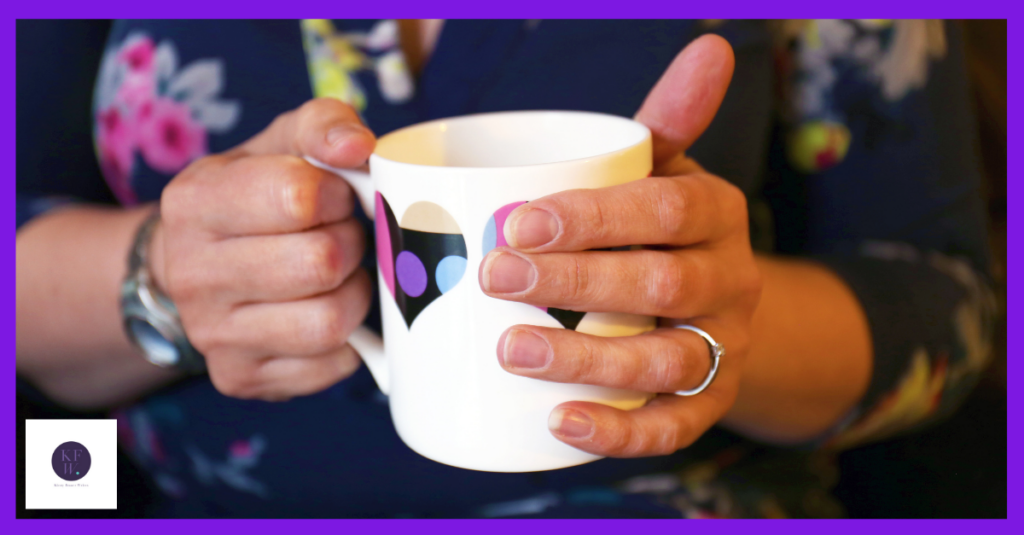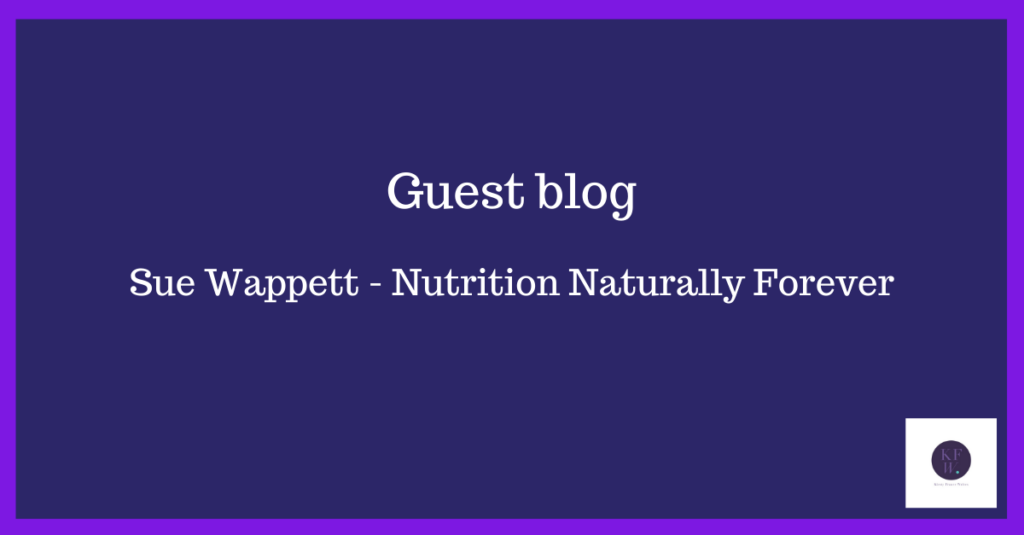
There are days when I sit down to write and it all just works. Today isn’t one of them. There are two sets of circumstances that allow me to just open a new document and get going. Firstly, there are the times that I have a plan. I’m either writing something for a client, where we’ve had a chat and I’ve got loads of notes, or it’s something I’ve written into my marketing planner because I think you’ll find it useful. Secondly, there are the days when I’ve got something to get off my chest. This is the stuff that sometimes doesn’t make it into print. It just feels good to write it down. When I’m wearing my fiction writing hat those words sometimes come back to me. They might not go into a finished piece, but it helps me get into the mindset of a character who’s thoroughly hacked off.
What’s the plan?
Today, I sat down with no idea what to write about. I’m a big believer in showing the person behind the business and being honest, but it’s not easy. I get frustrated at the way other people’s social media posts either pretend that everything in their life is perfect or exaggerate the misery. It’s the same in business. We feel as if we have to present a front that pretends business is easy and wonderful 100% of the time. Truth is, it isn’t. It’s frequently tough. It leads to those 3am crises of confidence where we sob and tell ourselves that we’ve made a horrible mistake. That doesn’t mean it isn’t worth it. I’d rather deal with the self-doubt than go back to having a boss. But does reminding you all that there’s a real person behind the business make me look weak?
Why am I telling you this?
You may be reading this (or perhaps you’ve given up) wondering what on earth I’m going on about. What’s the point? The point of the story is that we all struggle to know what to talk about in our marketing. What do we share and what do we leave out? It’s partly for me, to help me work out why I find it difficult to write when I don’t have a plan. I hope that it helps you to know that you’re not the only one who struggles. Most of us don’t tell the truth on social media (I know that isn’t a profound insight, but there you go). A lot of us leave out anything negative. If times are bad we don’t post at all. Some people just lie. Or exaggerate to add some drama.
What next?
If we want to show the person behind the business, where do we start? Do we post warts and all accounts of the doubts and fears along with the wins? Probably not. We all have things we can justifiably keep private. But maybe we can start sharing some of the eye roll moments, or the times when things don’t go to plan. Or when the plan didn’t exist in the first place.
As for me, I’m going to go back to my planner and think of more stories like this one. I might even look at ideas for strategies to use when your mind goes completely blank!
If you’d like regular tips and inspiration straight to your inbox, you can sign up for my emails using the form below. I won’t spam you or share your information with anyone else. Alternatively, book your slot here for a chat about how I can help you to create marketing content that tells your story and speaks your customers’ language.


